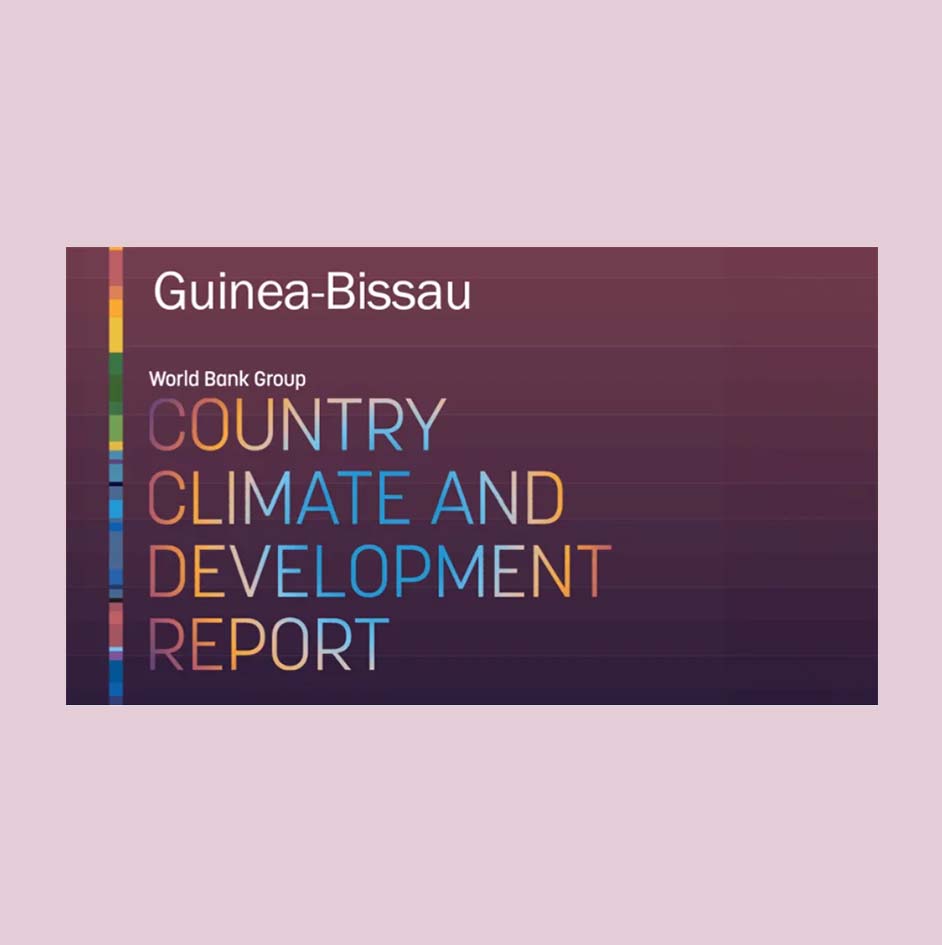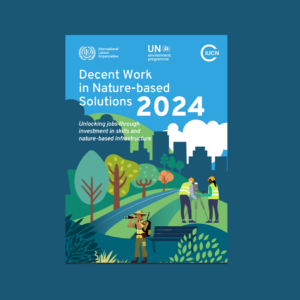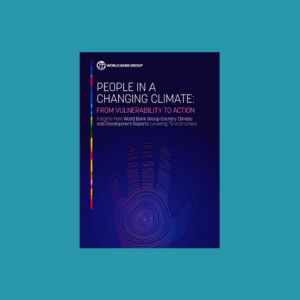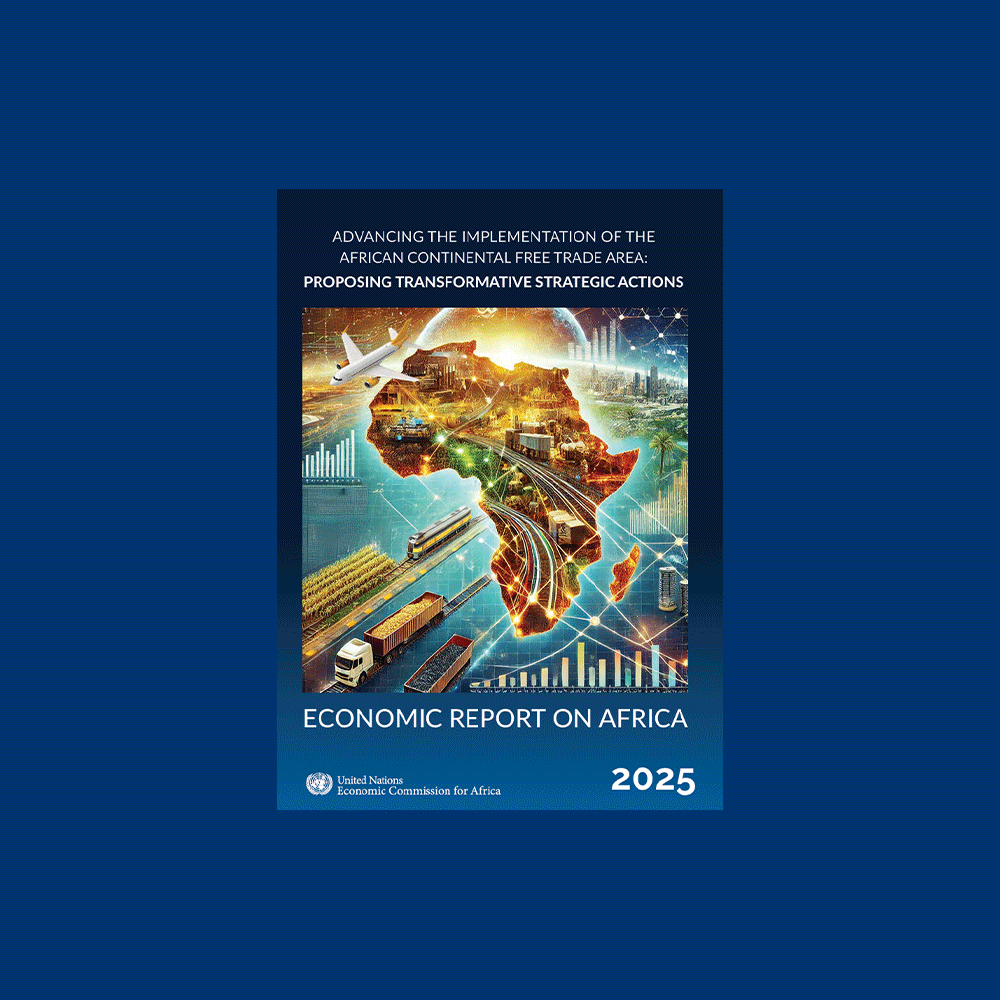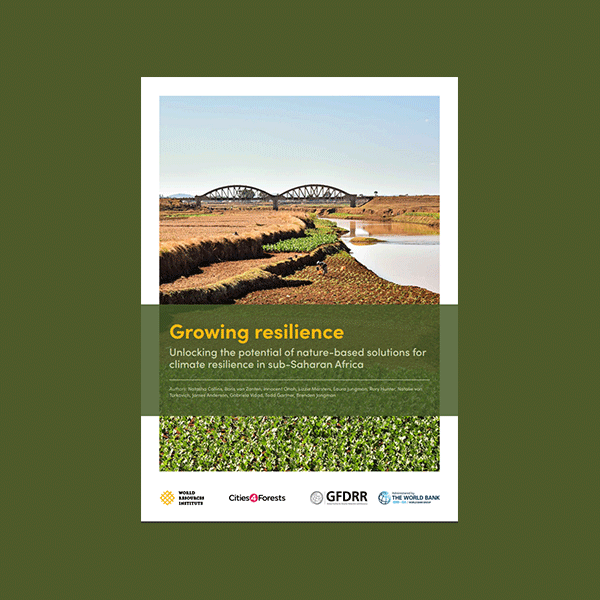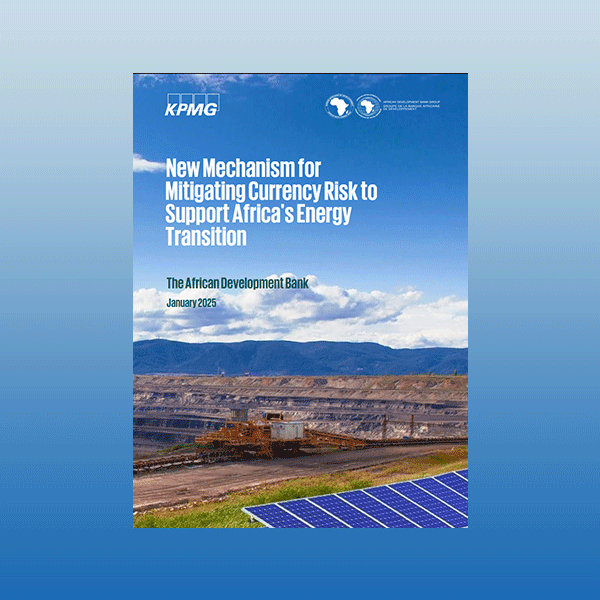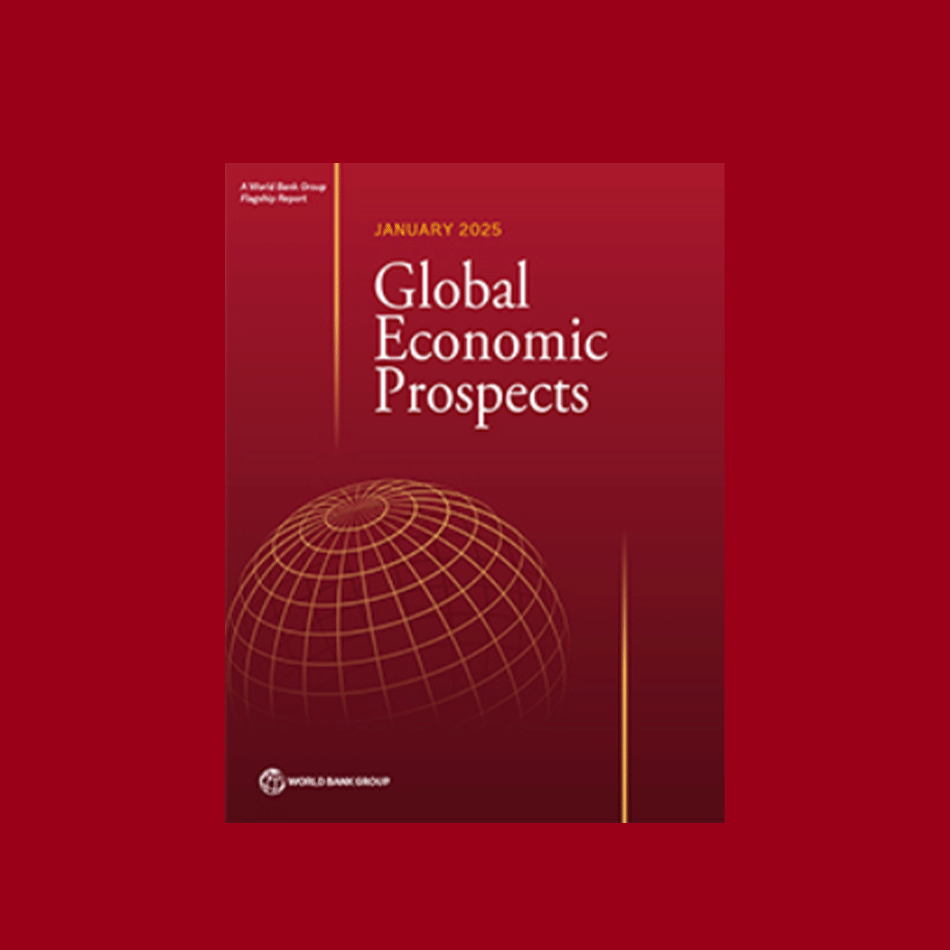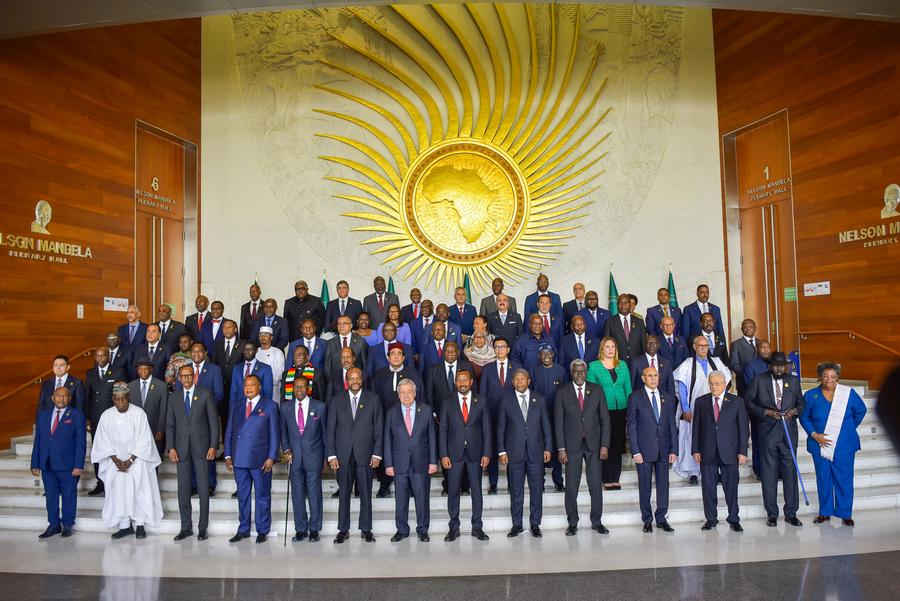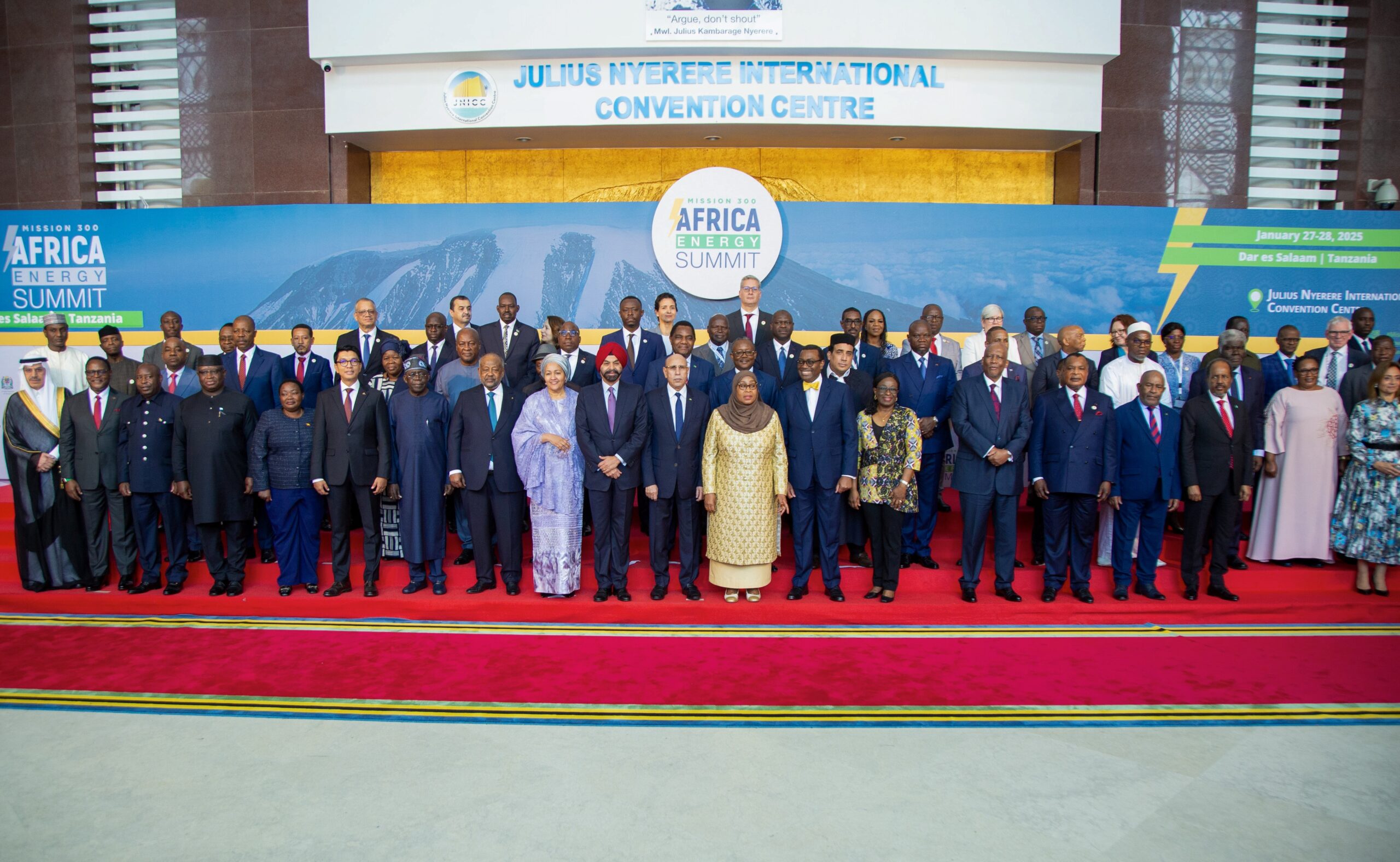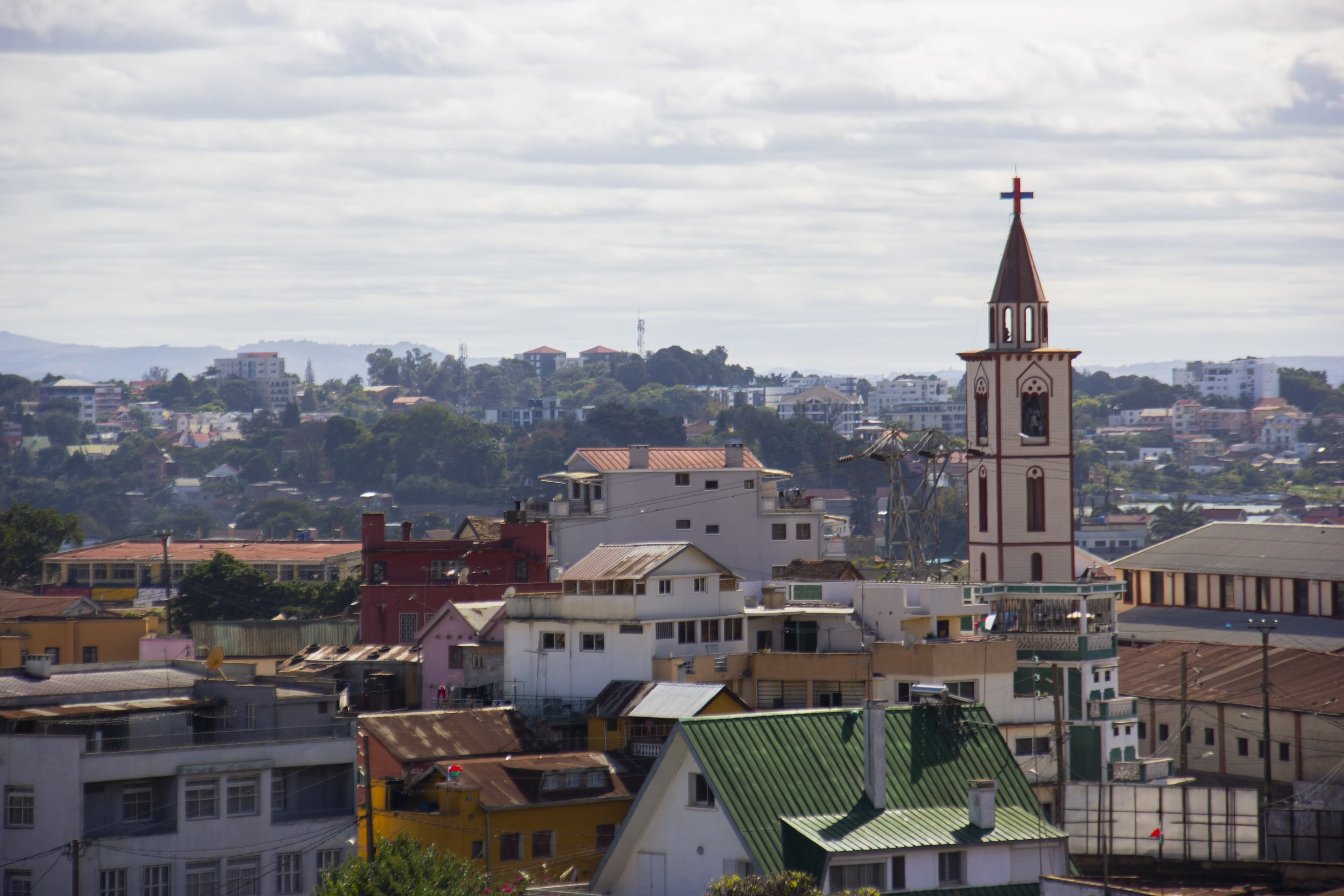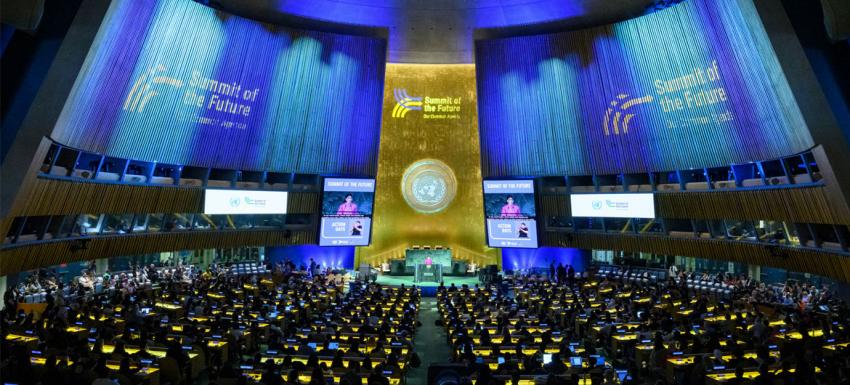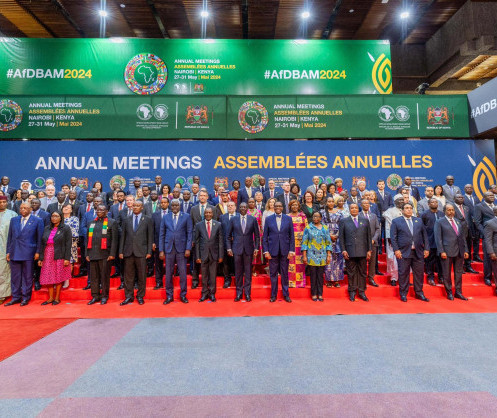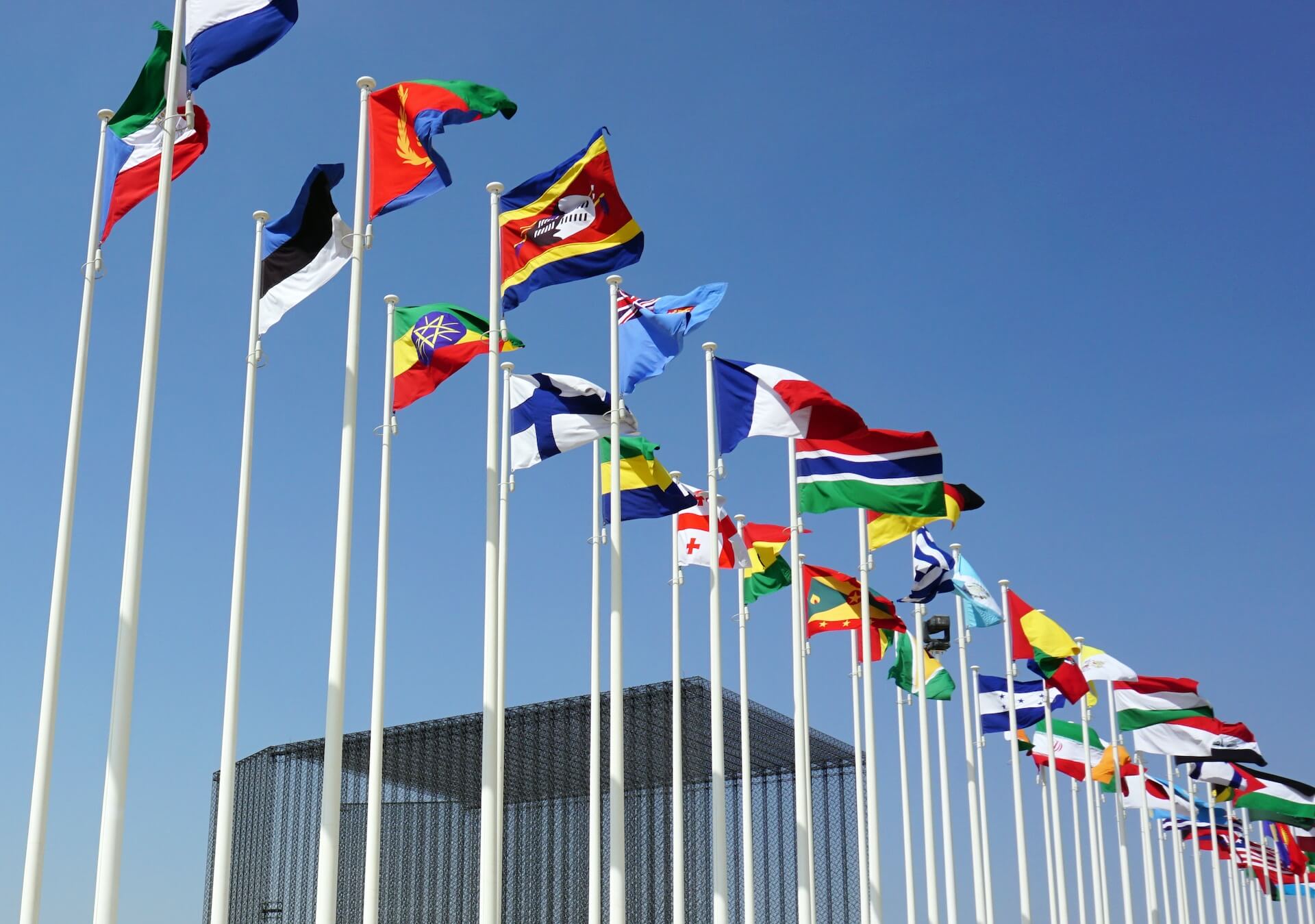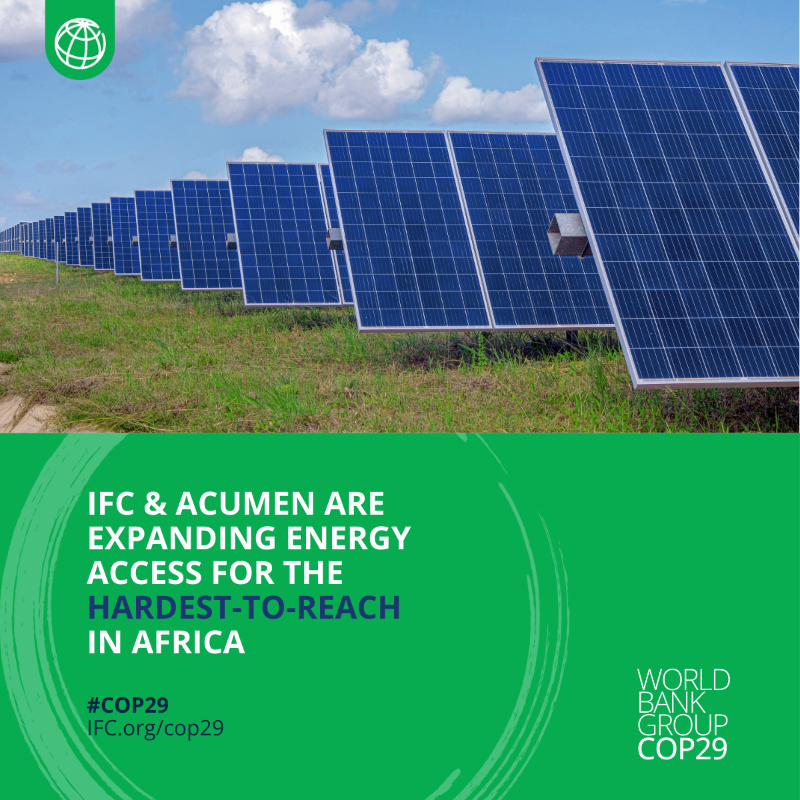Guinea-Bissau is endowed with a wealth of natural resources, having the highest natural capital per capita in West Africa, which could be leveraged for sustainable and resilient growth. However, the country still faces significant development hurdles, such as high poverty rates, political instability, and economic challenges, including an over-reliance on cashew nuts. Rural poverty has increased, and the nation’s infrastructure, education, and health care systems are underdeveloped. The country also has one of the lowest electricity access rates in the region.
Climate change poses a severe threat for Guinea-Bissau, already impacting vulnerable communities living in low-lying coastal areas, those dependent on agriculture and fisheries, and the already limited infrastructure system in the country. Without adaptation, it could lead to a significant cut in real GDP per capita (minus 7.3% by 2050) and increase in poverty (with up to over 200,000 additional poor by 2050).
The Nationally Determined Contribution outlines significant climate actions, with initiatives focused on forest conservation, sustainable agriculture, and community development. However, these climate commitments depend heavily on external funding. The financial sector’s underdevelopment and vulnerability to external shocks limit its ability to support green investments, though reforms could enhance resilience.
Governance, stability and a favorable business environment are key
The Country Climate Development Report (CCDR) for Guinea-Bissau presents a strategic framework for aligning development goals with climate change objectives. This alignment is crucial for fostering positive sectoral transformations and mitigating the negative effects of climate change.
According to the CCDR, strengthened institutional and financial systems are crucial for fostering climate resilience and sustainable development in Guinea-Bissau. Good governance, political stability, and a favorable business environment are essential to the country’s sustainable growth trajectory.
Addressing climate vulnerability requires an integrated approach, combining governance improvements, economic diversification, natural capital preservation, human capital development, and sustainable investments in agriculture and infrastructure.
Immediate priorities identified in the CCDR for the next three years involve the adoption of climate-smart agricultural practices to increase productivity while safeguarding water and land resources, regenerating and protecting forests, increasing energy access, and building human capacity and knowledge systems. These initiatives are designed to provide immediate benefits to vulnerable populations and conserve natural resources.
It is also crucial to prioritize activities that capitalize on the robust informal market, the legitimacy of traditional authorities, and the efficacy of community-driven approaches that can unlock long-term benefits and reduce climate risks. Such activities may encompass community-led forest conservation, the provision of off-grid renewable energy, decentralized services, cooperative methods for adding value to cashew nut production, and community-driven development strategies for water management, agriculture, and social services.
Climate action is not only compatible, but also fully intertwined with development objectives. The best adaptation for Guinea-Bissau is high socioeconomic development, since fast-growing and prosperous countries will be better positioned to protect themselves from the most harmful effects of climate change. Climate strategy should be regularly reviewed to evaluate its effectiveness and adapt the approach as necessary, ensuring that it continues to serve the best interests of Guinea-Bissau’s economy and its people.


